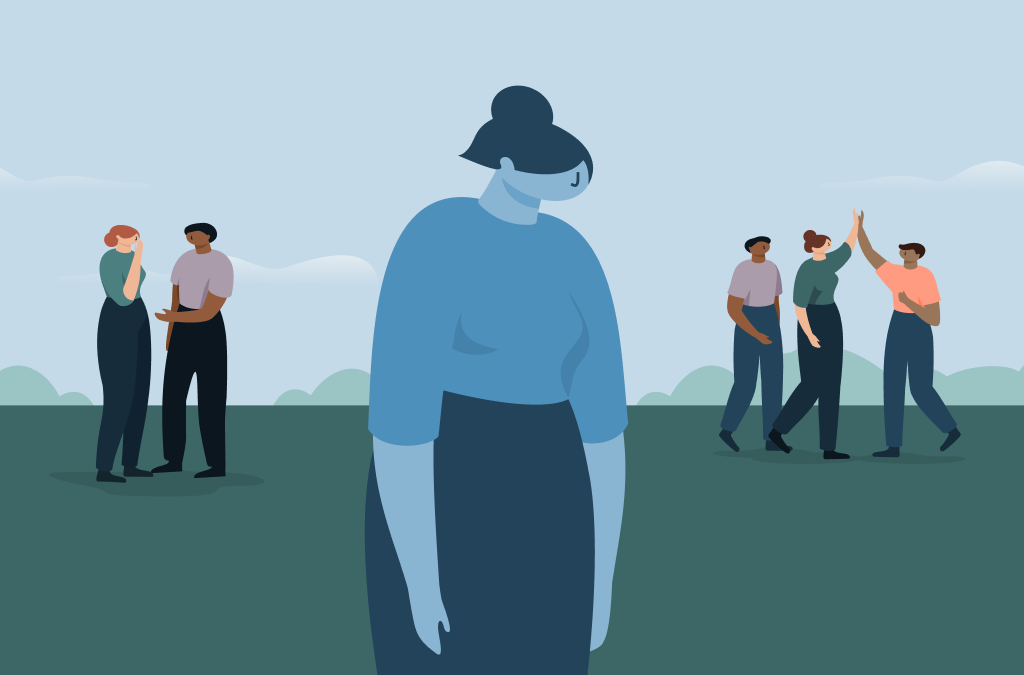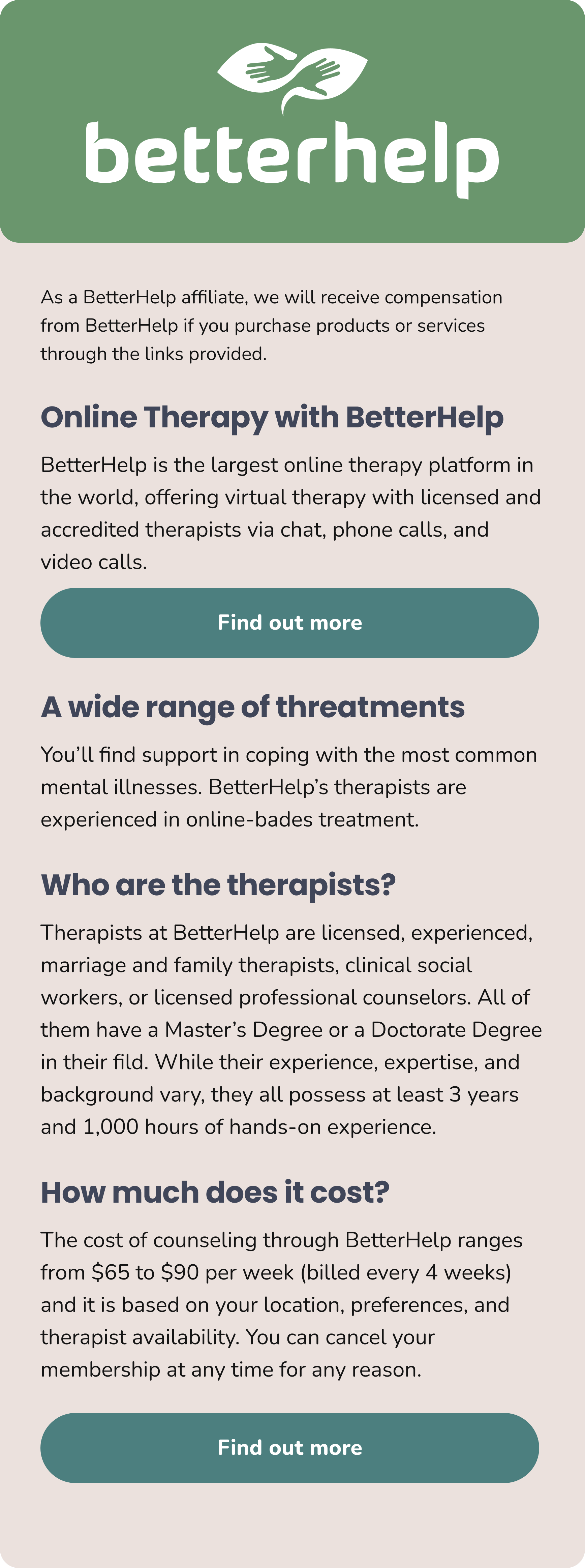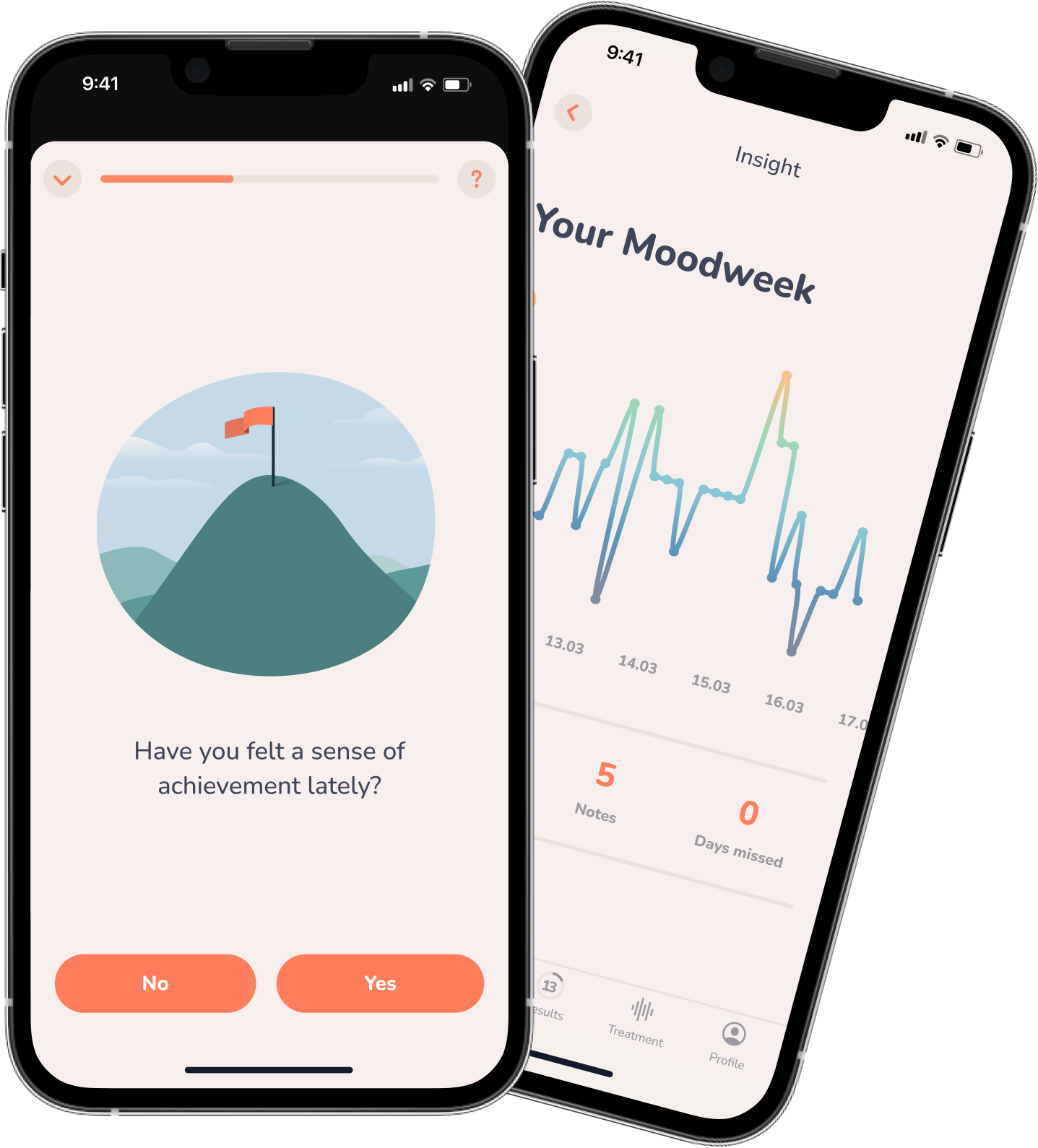Insight
Fear Out of the Blue: What Happens During a Panic Attack?
Racing heart, dizziness, pressure in the chest, shortness of breath, fear of losing control or even of dying . . . Anyone who’s had a panic attack knows how frightening and uncomfortable it can be. This blog post answers a number of questions about panic and, specifically, panic attacks: What happens in the body and mind during a panic attack? Can a panic attack be harmful? What can help deter such attacks?

Alarm without Danger
When a fire starts in a building, an ear-piercing alarm is tripped, warning occupants of the danger and alerting them to take action to get to safety. In many ways, fear is the human equivalent of such an alarm as it, too, signals danger and motivates an action to deal with the danger. The so-called stress response, prompted first by a perceived danger, primes the body to stay and fight, flee, or freeze.
This innate alarm can be super helpful and, in extreme danger, can mean the difference between life or death. Imagine you’re driving on a mountain highway at night in winter when a heavy snow starts to fall. You can hardly see a thing and the road is quite slick. Fear would be a perfectly normal response in this situation and would probably motivate you to slow way down and concentrate that much harder on the road. It may even prompt you to get off the road completely and wait out the storm.
While fear, then, can serve an important function, there are times for some people when it can actually become a problem. When fear crops up even though there’s no real threat or when the level of fear that arises does not match the threat, fear can bring suffering. This is a lot like a fire alarm that goes off when you’re, say, steaming vegetables or frying something, in other words, an alarm that goes off though there’s not really a fire—a false alarm.
When a panic attack strikes, both body and brain suddenly reach high alert, though almost always there’s no discernible threat. The person experiences strong fear mixed with a whole host of physical reactions like rapid heartbeat, dizziness, or nausea, and racing thoughts such as “I’m going crazy” or “I’m going to die.” This whole response seems to come out of nowhere. Why? What is happening in the body and mind?
The Vicious Cycle of Fear
With a panic attack, physical and cognitive processes play off one another, building and building before peaking and then lessening. Though the exact causes vary from person to person, there are some common conditions that might contribute—heightened stress, lack of sleep, and the consumption of substances such as nicotine, caffeine, alcohol, or drugs.
Then a vicious cycle can be tripped off. Physical sensations like a rapid heartbeat feel frightening and therefore trigger anxiety. The body responds by producing more energy, which then causes the heart to beat even faster. The mind interprets the physical change as “danger,” causing an even faster heart rate, and on and on.
During a panic attack, anxiety usually peaks after a few minutes and, in most cases, wraps up after about 15 to 20 minutes. This is because the body can only maintain this level of intensity for so long before switching into recovery mode. This happens on its own without the person experiencing the attack needing to do anything.
Uncomfortable but Harmless
The physical reactions that occur during a panic attack can feel really scary, and it’s not uncommon for a person experiencing them to call an ambulance or to worry even long after the attack that something is physically wrong.
Yet, most panic attacks do not have a physical cause. Rather, they’re usually the result of a combination of a fairly anxious temperament, heightened stress, and certain experiences. Even so, if you were to have a panic attack, it’s a good idea to get checked out by a doctor to rule out other possibilities. If you’re tempted, though, to go again and again to the doctor about this, don’t. The most likely scenario is that there is no physical cause, especially if a doctor’s already ruled out other conditions.
Bottom line: Even if it doesn’t feel like it, a panic attack is basically a physically harmless false alarm that will subside on its own after a relatively short time.
Panic Disorder: When Panic Attacks Impact Quality of Life
Did you know that panic attacks are actually quite common? Roughly one in three people experience an attack at some point in their lives. The chances that a panic attack or even a few attacks will develop into a true panic disorder, though, are much less common—with about one in twenty people dealing with a true panic disorder.
You may be wondering what the difference is between a panic attack and a panic disorder. Panic attacks are isolated incidents that come and go. With a panic disorder, though, the person will experience repeated panic attacks as well as what’s referred to as “expectation anxiety,” or intense worry or fear that another panic attack will occur. This worry, in turn, prompts the person to change their behavior in some way, such as to avoid any possible triggers of an attack in the hopes that another one won’t occur.
Commonly, people with panic disorder avoid physical exertion or excitement so that pulse and heart rate don’t increase. Some also avoid being alone so as not to be without help in the event of an emergency. Psychologists refer to such behaviors as “avoidance behaviors.”
Additionally, people with panic disorder may look for lots of reassurance that they’re okay. This is where frequent trips to a medical doctor may come into play. Psychologists refer to such behaviors as “safety behaviors.”
What avoidance and safety behaviors have in common is that they provide an initial sense of security and may, in the short term, reduce the fear of having another panic attack. However, they have a huge downside: The more someone gears their life toward avoiding panic attacks, the more threatening these attacks become in their mind—the fear then becomes entrenched and dictates more of their behaviors and thoughts. Avoidance can come with high costs—freedom and quality of life among them.
What can help?
Short Term:
In the case of a panic attack, accepting the physical processes and the fear is most helpful. Instead of fighting the panic, acknowledge what’s happening. Remind yourself that what you’re experiencing is a panic attack and that it’s harmless and will pass on its own in a relatively short time. You can say to yourself something like, “This is a panic attack. My heart is racing. I’m dizzy and flushed. It will pass. I am okay.”
While you’re observing what’s happening, it can also help to slow your breath and consciously take deep breaths. When you panic, breathing automatically becomes shallower and faster which can make some people feel like they can’t quite catch their breath, which can then spark more anxiety. Inhale through your nose while counting to 4, hold your breath for 7, and exhale on a count of 8. The longer exhale will help calm your nervous system. Repeat these breaths until you can feel your body begin to calm.
Long Term:
After a panic attack, make a point of not avoiding possible triggers. So, if you happen to have a panic attack just after cycling, for example, get back on the bike as quickly as possible. This will send a signal to your brain that the panic was a false alarm and there is no need to worry.
If you’re having panic attacks frequently and notice that they’re affecting your life, we strongly recommend that you seek professional support. Therapy is quite effective with most anxiety disorders. Together, you and the therapist can get to the root causes of your panic attacks and confront your fear step by step.

People-Pleasing — When the Fear of Rejection Becomes a Trap
Are you a person who places a high value on kindness, consideration and helpfulness? Or … maybe you tend toward what’s called “people-pleasing”?

Psychological Needs in the Workplace: How to Meet Them
Deadlines, conflicts, pressure to perform—many people grapple with stressors at work. The extent to which these weigh on someone depends in large part on whether psychological needs are being met at work.

High-Functioning Depression: The Hidden Suffering
When people think of depression, usually intense sadness, low energy, social withdrawal, difficulty getting out of bed, and managing daily life come to mind. But this is not always the case.

Obsessive-Compulsive Disorder: When Thoughts and Actions Become Torture
In this article, we explore what characterizes such thoughts and behaviors as well as how they can be treated.



